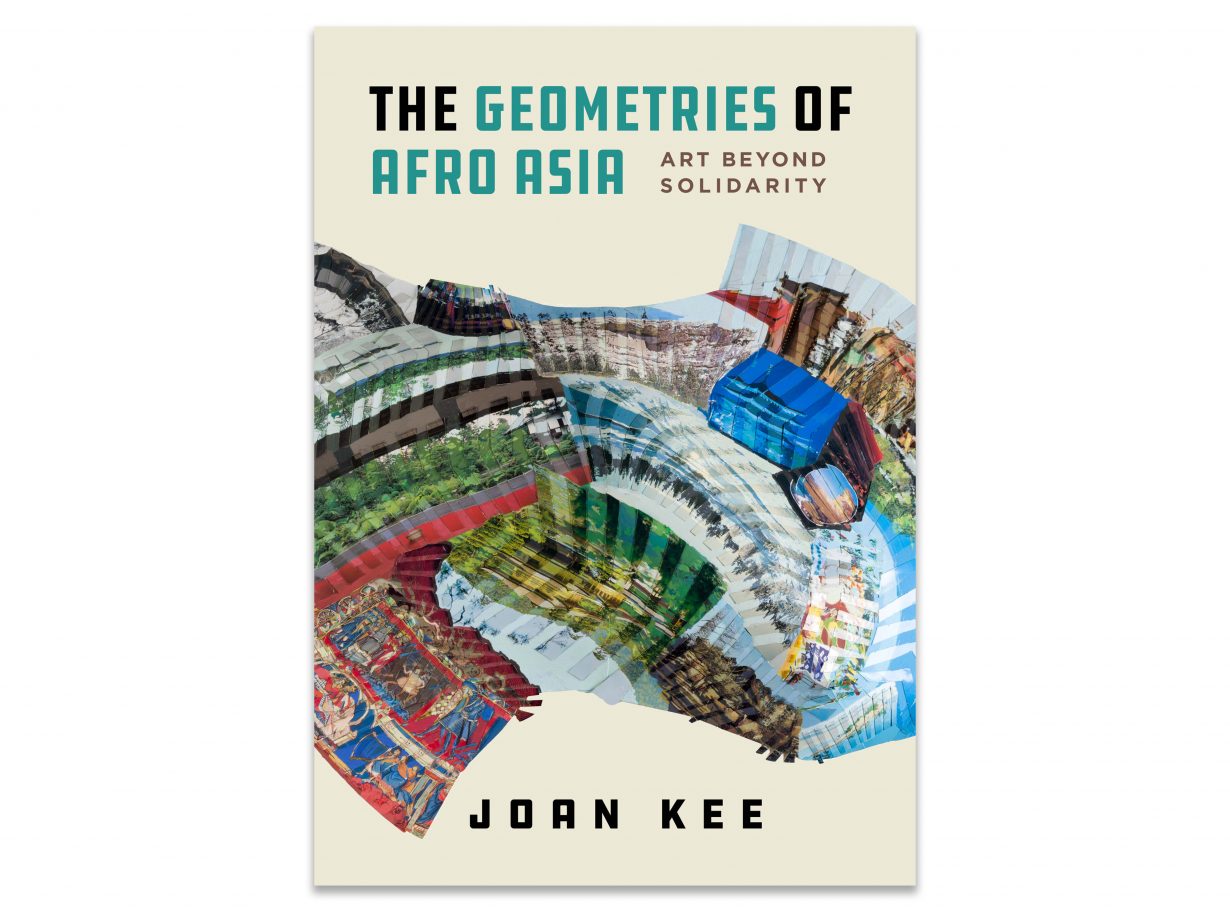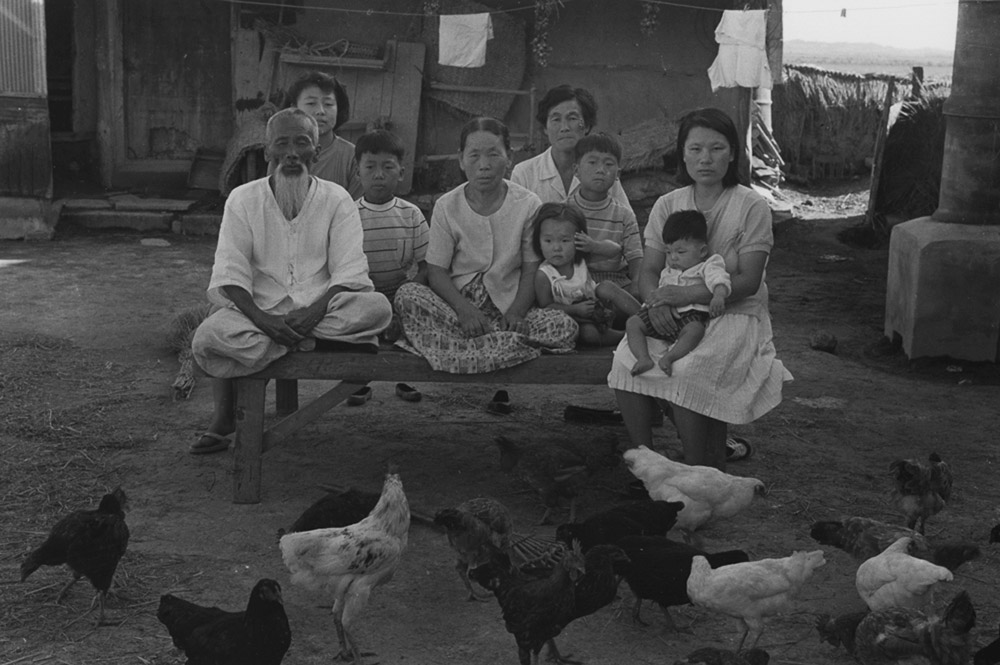An unusual geometric framework is introduced by art historian Joan Kee in a new book that sets out to transcend rigid ideological identities

When discussing Black and Asian relations, many still look to the 1955 Bandung Conference and the legacy of the Cold War-era Non-Aligned Movement that offered up the term ‘Afro-Asia’. However, in a contemporary media landscape eager to push reductive reports of Black-on-Asian violence in the us, and the sanctimonious handwringing of old European imperial powers regarding Chinese neocolonialism in Africa, the terms of Afro-Asian engagement are long overdue an update. American art-historian Joan Kee’s new book is a reformulation in which ‘Afro’ and ‘Asia’ are loosed to orbit and collide with one another in new ways, presenting nuanced and timely approaches to exchange.
Kee explores various ‘Afro Asian’ entanglements through a series of chapter-length case studies, which range from the aftermath of mid-twentieth-century wars to contemporary geopolitics. Kee proposes geometry as a tool to visualise bonds between ‘Afro Asian’ people and artists. Her framing is more than the simple arithmetic commonly used to tally the worth of their lives and work – the addition of artwork to a Eurocentric canon, the multiplication of voices that supposedly equals consensus, or even division along rigidly identitarian lines. Mathematical concepts such as transversality, adjacency and angles of incidence are deployed, casting Black and Asian cultural figures and their communities as tangents that reinforce each other’s trajectories, cross paths and veer towards each other. Her writing unearths and unpacks artworks, practices and relationships, from Joo Myung Duck’s photographs of interracial Koreans to Faith Ringgold’s use of the Buddhist thangka in her work, that typify her reframing of artistic engagement between Black and Asian members of the global majority.
Throughout the book, Kee focuses equally on practices of artmaking and relationship-building in the US, Asia and Africa. Her chapter chronicling the multi-decade friendship of Los Angeles-based artists Melvin Edwards and Ron Miyashiro is a highlight, whose sculptures – though aesthetically distinct – endorse each other’s critiques of issues such as gentrification and social turmoil in their shared local community. For Kee, the alliances in her examples are stronger than the often-talked-about relation of ‘influence’, a bond that doesn’t necessitate reciprocity, or even a human connection. Rather, Kee reveals how parallels rooted in shared spaces and experiences allow these artists’ works to corroborate each other’s internal worlds.

In a work with clear political implications, Kee is adamant that progress lies in something beyond solidarity. While she doesn’t criticise those exploring models of coming together, she infers that as we gather around in acts of solidarity, we root ourselves too firmly in rigid ideological categories and identities. Her critique departs from Mao-era depictions of Third World unity and the brown nations of the world standing shoulder to shoulder, but feels equally applicable to the lukewarm social media politics of today. Kee’s ‘Afro Asia’ pushes against restrictive representations that limit expression and stifle a global majority ‘whose actualization is constantly ongoing’. Instead, she suggests sovereignty, or embracing a work of art on its own terms – ‘to consider the work as a realm governed by its own negotiations with other entities including individuals, groups, works, and ideas’. Rather than rise to solidarity’s demand that we present a unified front – for whom? – Kee’s sovereignty locates our chance to grow alongside one another in the nuances of the artworks like those she brings together.
However, foregrounding the perspective of artworks often presents an incomplete picture. Kee’s optimistic readings frequently sidestep a thorough reckoning with lived experiences of ‘Afro Asian’ interaction. Her varied roster of references elides discussion of Black artists working consistently in Asia, and Kee firmly puts a pin in testimonies of tensions encountered during attempts at crossing these boundaries. She touches briefly on John Emmanuel Hevi’s inflammatory midcentury critique of his studies in Maoist China; meanwhile Howardena Pindell’s reflections on the ‘debilitating struggle’ she felt as a Black woman in Japan comprise little more than a cursory introduction. The oversight raises questions about the limits of Kee’s hopeful gloss in a contemporary landscape of exchange. Despite such concerns, Kee’s rich interpretive geometry is a fractal that arcs towards the future.
The Geometries of Afro Asia: Art Beyond Solidarity by Joan Kee. University of California Press, $85 (hardcover)